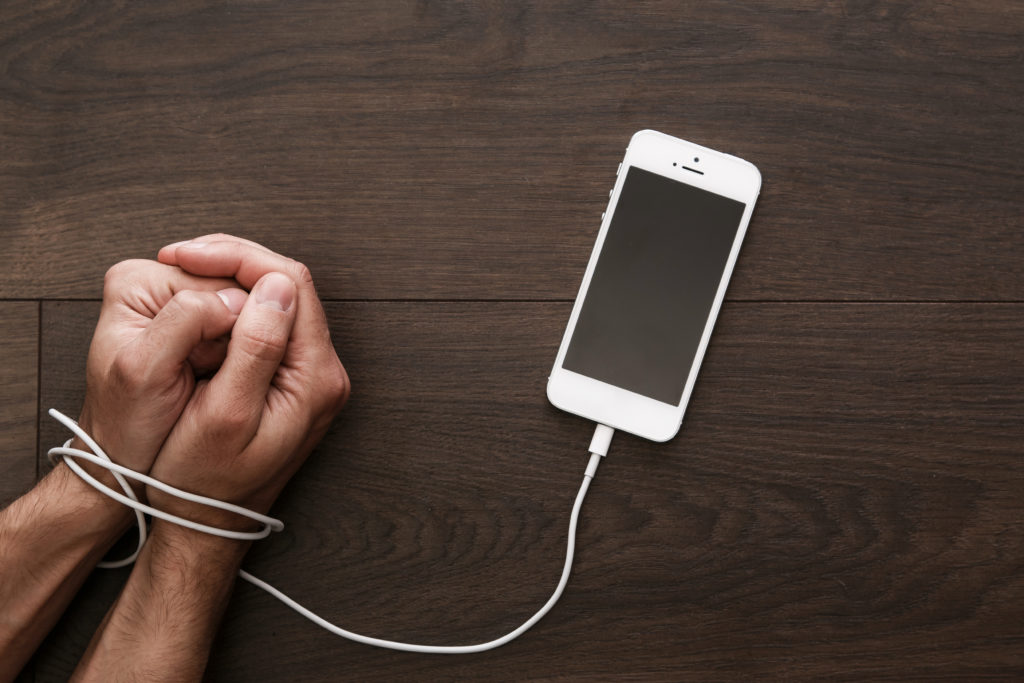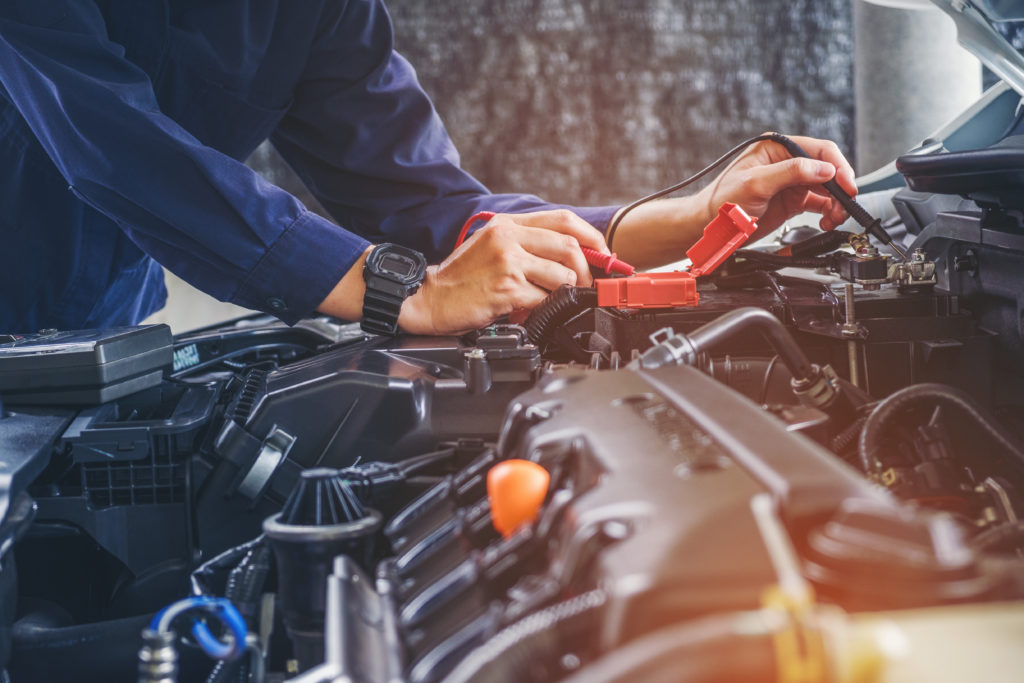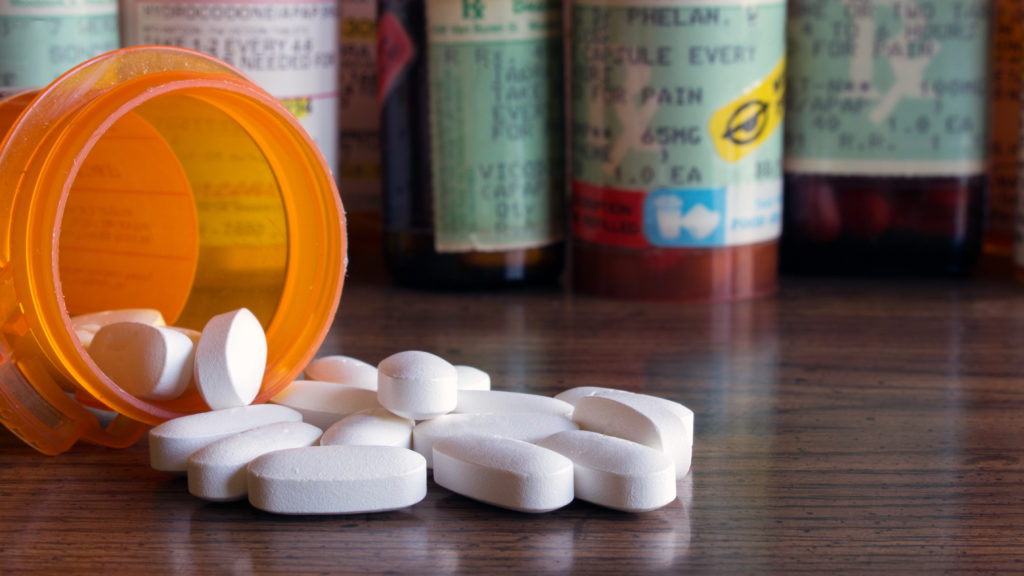
As of June 19, 2019, Illinois State Police Officers have begun taking an unconventional approach to monitoring highway safety in Chicago. Throughout this summer, don’t be surprised if you happen to see state troopers seated alongside truckers on the road. “Trooper in a Truck” is what the Illinois state police are calling the new program, which they partnered with the Illinois Trucking Association and Cadence Premier Logistics to make a possibility. Due to significant increases in the number of fatalities resulting from distracted driving all across the United States, the “Trooper in a Truck” program makes sense.
As WJOL recently reported, “the new program is helping officers spot and correct unsafe driving behaviors of passing motorists by riding in the cabs of commercial motor vehicles and watching primarily for distracted driving offenses. Troopers are able to observe the violation taking place and notify other police units ahead to take enforcement action.” Based on the initial results, the plan just might work. On a single day of working the program, on June 19th, police were able to issue more than 20 tickets for a variety of violations including distracted driving and improper lane changes.
While the new program may be unique to Chicago, it’s important to mention that troopers have been doing this program throughout the state for roughly a year now, and for good cause. Based on data from the Centers for Disease Control and Prevention (CDC), a total of 3,450 people died in crashes involving a distracted driver in 2016, which comes to roughly 9 people in the United States being killed each day by a distracted driver. Additionally, the CDC goes to great lengths to provide necessary information that any driver should know when it comes to distracted driving such as the types of distracted driving an individual may be practicing on the road. Such types of distractions include visual, such as taking your eyes off the road; manual, meaning taking your hands off the wheel; and cognitive, taking your mind off of driving. After seeing these three categories, it is easy to imagine just how dangerous our favorite electronic devices are when driving on the road. For example, using a cell phone while driving combines all three categories essentially rendering yourself blind while driving.
Maintaining Road Safety
Outside of Illinois with its Trooper in a Truck program, many other states have adopted stricter distracted driving laws than what Illinois currently imposes. For example, Illinois currently prohibits the use of hand-held cellphones, texting, or using other electronic devices while driving. Further, if a driver is involved in a crash resulting from a distracted driver, they may end up facing criminal penalties and incarceration. However, violators of the law will only be charged a $75 fine for their first offense, which if caught again will increase by $25 and eventually be capped at $150. On the other hand, states with similar driving laws have actually imposed far stricter penalties if caught with a cell phone. For example, in 2017, Oregon unveiled a new distracted driving law that fines individuals $1,000 for a first offense, with a maximum fine of $2,000. While it is clear that each state handles driver safety differently, you would be hard pressed to find someone willing to risk paying $1000 for using their cell phone while driving. All of this goes to say that distracted driving is an issue. State’s are adopting these new rules for good reasons and we need to make certain that we do our best to follow them.
Tips for Drivers
With Trooper in a Truck now making its way to Chicago, it is safe to say we can all expect our actions on the road to be watched much more closely. This isn’t a bad thing though. Chicagoans should be practicing safe driving no matter what. However, this is a great time to finally get yourself to put the phone away for good and practice additional safe driving tips. The Associated Press reported in April of 2019 that Floow, “a telematics-based provider of smarter and safer mobility solutions has studied billions of journey miles to identify a number of key behaviors that have a significant impact on driver safety.” As a result of their tests, Floow put together a list of driver safety tips and best practices that if done properly, will certainly result in safer roads. See below for their list:
- Put your cell phone out of arm’s reach. If you can’t grab it while you’re driving, you’ll get in the habit of waiting to answer your phone when it’s safe.
- If you must talk, do it hands-free. Some cities and states have banned texting while driving altogether. Either way, a hands-free Bluetooth device is the safer way to go.
- Secure your mobile device. Put your cell phone in the glove compartment or some other place where it’s securely stowed. The Floow’s crash testing shows that a free-flying mobile device can cause further damage or injury during a collision.
- Pick a safe time to travel. Studies indicate that you are statistically more likely to have an accident between 11pm and 7am than at any other time of day. Planning ahead and choosing a responsible travel time will minimize risk.
- Take regular breaks during long journeys. The longer you drive, the harder it is to stay alert. During a longer trip, take a quick refresher break every two hours.
- Consider the speed limit as a guide, not a target. All driving conditions aren’t equal. When the weather is bad, or the driving conditions are less-than-desirable, slow down to allow for a greater breaking distance.
- Drive smoothly. Aggressive acceleration and deceleration are both potentially dangerous. The smoother you drive, the greater your reaction times will be.




